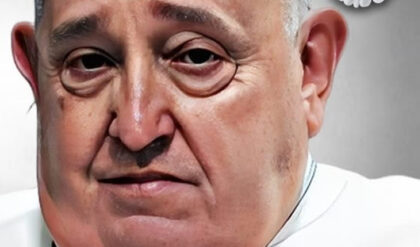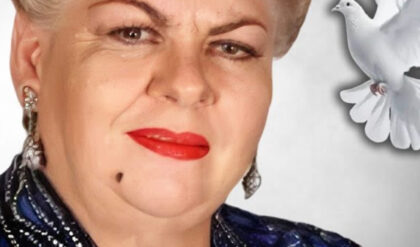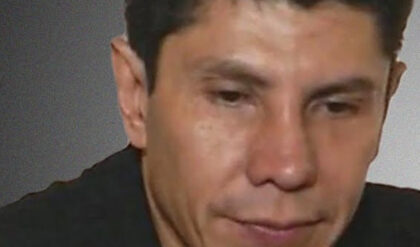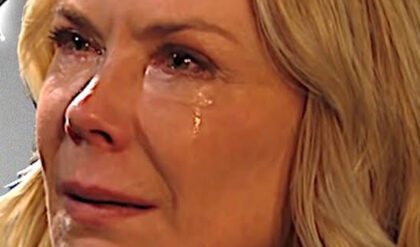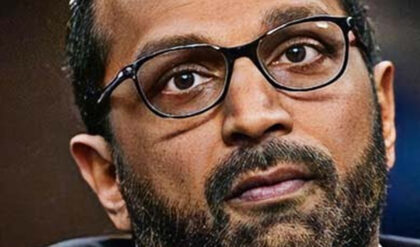Buddy Holly, the legendary rock ‘n’ roll pioneer, died in a tragic plane crash on February 3, 1959, a day now famously referred to as “The Day the Music Died.” While many know about the crash that took his life at only 22, few know why his wife, Maria Elena, chose not to attend his funeral. For years, Maria Elena Holly remained quiet about this decision, but she later shared the poignant reasons behind it.
Love at First Sight: Buddy and Maria Elena
Maria Elena Santiago, born on December 20, 1932, in Puerto Rico, worked in the New York offices of Pier Southern Music, where her aunt was in charge of Latin music. By fate, she replaced the office’s receptionist, and just five days later, Buddy Holly walked through the door.
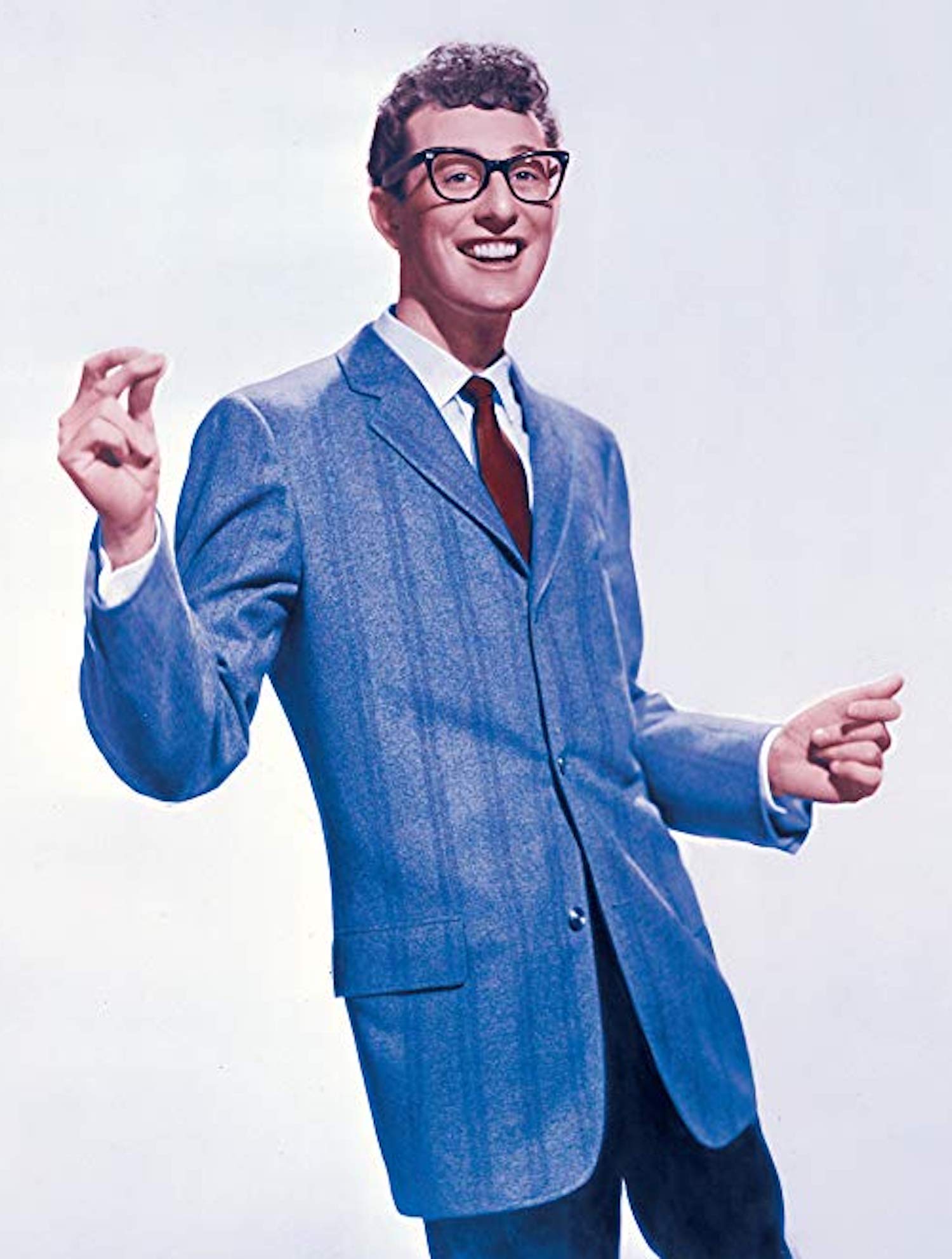
They both experienced an immediate attraction, a rare instance of love at first sight. Holly, who didn’t waste any time, invited her to dinner. Despite initially declining due to company policy, she was eventually convinced to meet him.
Their first date at a New York restaurant was filled with warmth, and Buddy even proposed to her that night. Although she was initially unsure, she ultimately accepted. The couple married on August 15, 1958, in a small ceremony, keeping the union a secret until Holly’s untimely death revealed it.
Life with Buddy: Hectic Yet Beautiful
After marriage, Maria Elena joined Buddy on his music tours, quickly adapting to the lifestyle of a rock ‘n’ roll star’s spouse. Holly was constantly brimming with new ideas, often speaking about establishing music offices, a recording studio, and even venturing into film composition.
She described their life together as one filled with excitement but often chaotic due to Holly’s unending ambitions. Buddy was deeply passionate about shaping the music industry in his own way, collaborating with Waylon Jennings and Norman Petty, and making connections that he hoped would broaden his musical influence.
Buddy’s Early Musical Life and Career Breakthrough
Buddy Holly, born Charles Hardin Holly in Lubbock, Texas, on September 7, 1936, was immersed in music from a young age. His family, all except for his father, could play instruments or sing. Although he initially took piano lessons, he eventually turned to guitar, taught by his older brother, and was soon hooked on performing. Holly’s influences included country, blues, and early rock sounds, which he would later blend into his music.
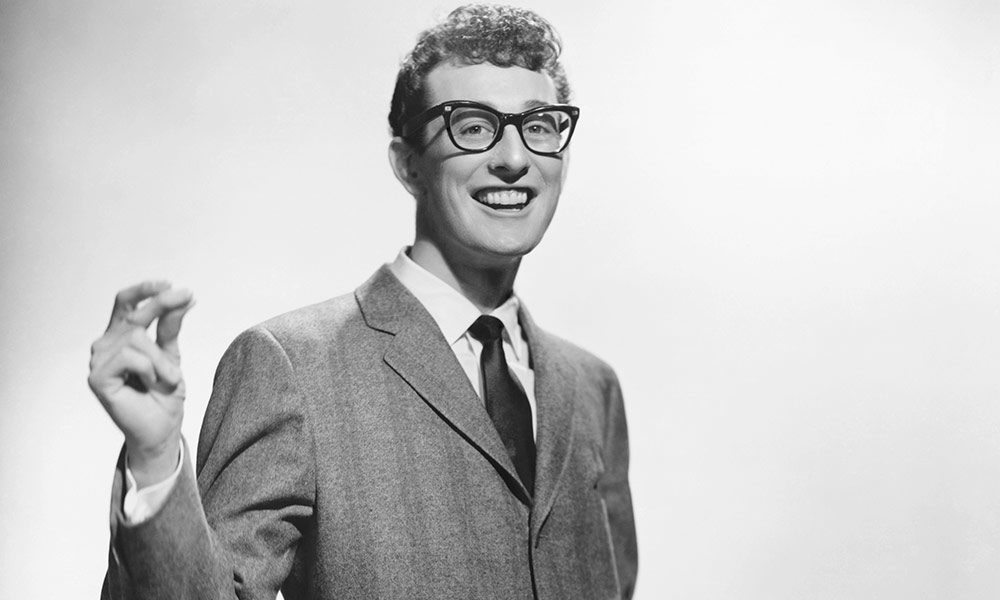
After high school, Holly began performing regularly and was soon discovered by Nashville talent scouts. By 1957, Holly and his band, The Crickets, released their hit song “That’ll Be the Day,” and quickly rose to fame. They even made appearances on The Ed Sullivan Show and went on successful tours in the U.K. and Australia, where audiences were captivated by Holly’s unique sound and charisma.
Troubles with His Manager and a Long-Awaited Breakup
In the latter half of 1958, Buddy’s relationship with his manager, Norman Petty, soured. Petty controlled much of Holly’s finances and managed his bookings, but as Buddy’s career grew, he wanted more control over his own work and earnings.
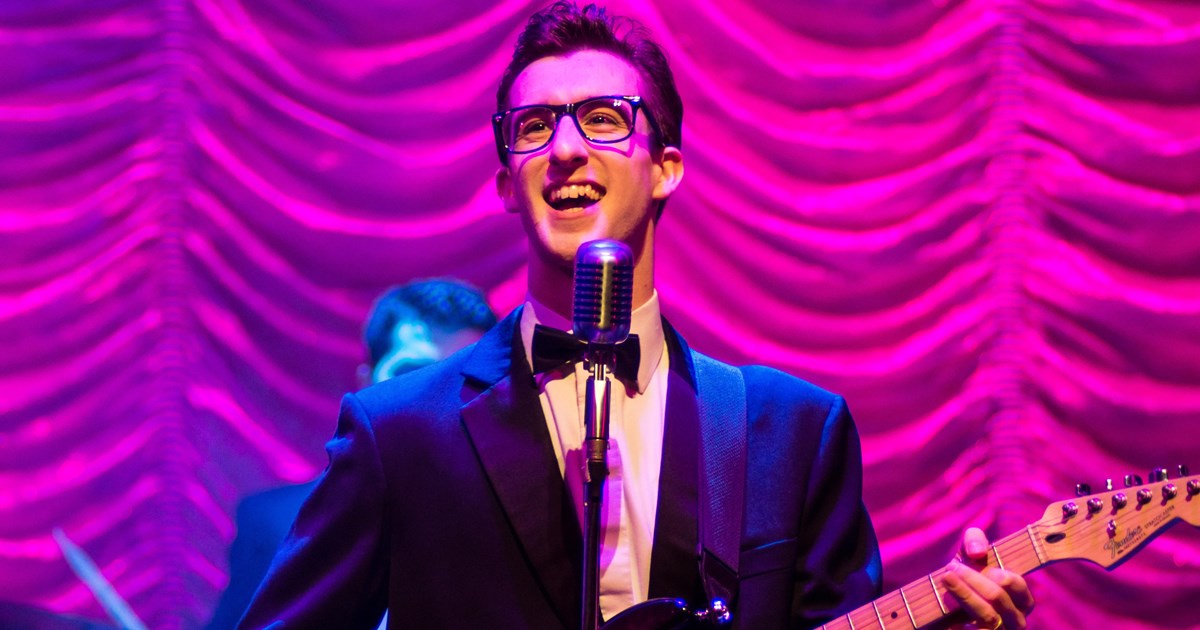
His wife, Maria Elena, played a pivotal role in supporting him during this time, even helping him manage tour finances herself. However, Petty’s management had bound Holly with various legal agreements that limited his control over his own music royalties, resulting in financial strain.
Despite efforts to renegotiate, Holly ultimately parted ways with Petty. This decision, however, also meant parting from The Crickets, as the band decided to stay with Petty while Holly moved to New York with Maria Elena, planning to settle down and expand his career.
The Winter Dance Party Tour and the Fatal Plane Crash
In January 1959, Buddy Holly embarked on what would be his final tour—the Winter Dance Party. Because of poor transportation planning, the tour bus suffered from heating issues in freezing winter temperatures, and Holly’s drummer, Carl Bunch, was hospitalized with frostbite. Holly, determined to avoid more breakdowns, decided to charter a plane for a portion of the tour to ease the strain of travel. On February 2, he, Ritchie Valens, and J.P. “The Big Bopper” Richardson boarded a small plane headed for their next stop in Moorhead, Minnesota.
Shortly after takeoff, the plane tragically crashed in a field, killing all on board. Buddy Holly’s life ended that night, and the news quickly reached Maria Elena, who was watching television in New York. She was devastated. Their marriage, barely five months old, had been filled with plans and dreams, and the psychological toll of losing him led to a miscarriage the following day.
Why Maria Elena Didn’t Attend the Funeral
Maria Elena’s absence at Buddy Holly’s funeral has often raised questions, but her reason was simple yet heartbreaking: she was overwhelmed by grief and health complications. The shock of her husband’s death, combined with the physical toll of losing their child, left her in a delicate state, both emotionally and physically.
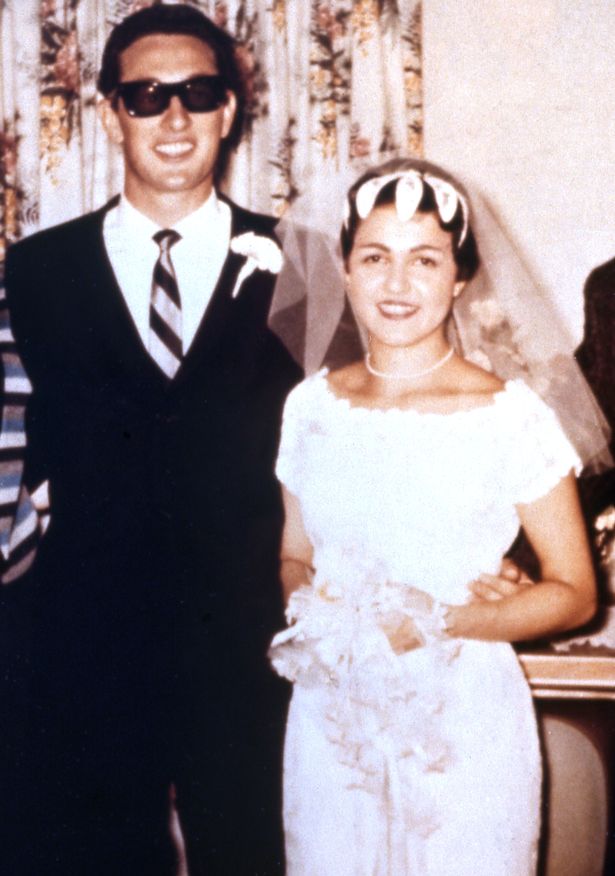
Additionally, Maria has stated in interviews that she carried a lingering sense of guilt, believing that if she had been on the tour with Buddy, he might never have boarded the plane. This overwhelming grief, and the doctor’s advice against any additional stress, ultimately kept her from attending.
Life After Buddy Holly’s Death
For years after Holly’s death, Maria Elena remained heartbroken. She eventually remarried a Puerto Rican government official named Joe Diaz and had three children. While she found happiness with her family, her love for Buddy Holly has never faded. The couple later divorced, and today Maria Elena lives in Dallas, Texas, where she continues to keep Buddy’s memory alive. She has actively promoted his legacy, ensuring that future generations recognize his groundbreaking contributions to music.
Buddy Holly’s Lasting Legacy
Buddy Holly’s career lasted only two years, yet his influence on rock ‘n’ roll endures. His fusion of country and blues laid the groundwork for countless musicians who followed. Holly’s music transcended genres, and his ambitious spirit paved the way for future artists to strive for creative control over their work. Despite his untimely death, Holly’s recordings, such as “Peggy Sue” and “Everyday,” continue to inspire.
In pop culture, Buddy Holly’s life and music have been celebrated in various ways, including the 1978 movie The Buddy Holly Story, Broadway’s Buddy: The Buddy Holly Story, and songs like “American Pie” by Don McLean, which immortalized February 3 as “The Day the Music Died.” Maria Elena has also been the subject of dedications, with the band The Smithereens paying tribute to her in their 1989 song, “Maria Elena.”
Buddy Holly remains a beloved figure in music history, not only for his talent but for his fearless approach to creativity. And though Maria Elena could not bring herself to attend his funeral, she has honored him in ways that reflect their profound love and shared dreams.
